Your rhythm matters-
take the survey
You deserve a healthy, vibrant life. Why let the symptoms of AFib or the side effects of medications stand in the way? Catheter ablation is a minimally-invasive procedure that may offer freedom from AFib medications.
Find out if catheter ablation may be a treatment option for you just by clicking on the button.

Find out if you might be a candidate
Find out now if cardiac catheter ablation may be an option for your journey. You deserve a life free of AFib symptoms.
Let us help you learn more about this AFib treatment option.
How common is AFib?
AFib, or atrial fibrillation, is a condition in which the upper chambers of the heart beat irregularly. This is the most common type of heart arrhythmia, affecting over 50 million people around the world.
AFib can lead to a number of uncomfortable, painful, or frightening symptoms that make it difficult to enjoy your life. If left untreated, AFib can lead to increasingly severe symptoms over time.
Know what causes AFib
Over 50 million people worldwide suffer from AFib.
AFib can stem from various causes, with several risk factors playing a role in its development. By familiarizing yourself with AFib’s risk factors1,2 you can gain a better understanding of what contributes to the most common heart arrhythmia.
Take the survey →Recognize AFib’s symptoms and risk factors
Symptoms of AFib include heart palpitations (fluttering or thumping in the chest), fatigue, shortness of breath, difficulty exercising, anxiety, chest pain, and dizziness. The longer AFib goes unaddressed, the more severe the symptoms can become. Perhaps more concerning are the long-term risks to your health that can come from untreated AFib.3,4
The good news is that there are treatment options. With catheter ablation, patients don't have to choose between suffering from AFib's symptoms or dealing with medication side effects.
Catheter ablation directly treats the tissue causing AFib and can restore normal heart rhythm without the use of medications.
5x
Risk of heart failure
2.4x
Risk of stroke
2x
Risk of sudden cardiac death
1.5x
Risk of developing dementia
How can catheter ablation help?
Catheter ablation is one type of procedure that helps treat AFib. A very thin tube, or catheter, is inserted through a vein to the heart. There, it targets the tissue that is causing the irregular heartbeat. The procedure destroys the tissue causing AFib.
Catheter ablation is a minimally invasive technique used to treat AFib without major surgery. Depending on their condition, patients can go home the same day of their procedure.
-cropped.jpg)
Patients receiving catheter ablation have been shown to be up to 73% more likely to be symptom-free at 4 years when compared to patients receiving drug therapy.*
*Data is based on physician guidance documents and patient study <1000 patients treated with catheter ablation.
Patient Stories
AFib affects over 50 million people around the world. You are not alone.
Listen to these stories from people who have faced AFib - and found relief through catheter ablation.
Michael
Retired US Navy Veteran
Jacqueline
Retired Data Analyst,
Active Great Grandmother
Sam
Executive Chef, TV Host, Author
Patients not paid for their testimonials. These symptoms are not exclusive. You may experience symptoms that are different from those described here. Contact your doctor or go to your nearest emergency room if you have, or experience a sudden onset, of these or other worrying symptoms.
References & Disclaimers
1. Kornej J, Börschel CS, Benjamin EJ, Schnabel RB. Epidemiology of Atrial Fibrillation in the 21st Century: Novel Methods and New Insights. Circ Res. 2020;127(1):4-20. doi:10.1161/CIRCRESAHA.120.316340
2. Cosío FG. Atrial Flutter, Typical and Atypical: A Review. Arrhythm Electrophysiol Rev. 2017;6(2):55-62. doi:10.15420/aer.2017.5.2
3. CDC: What is atrial fibrillation?. Centers for Disease Control and Prevention. October 14, 2022. Accessed January 4, 2024. www.cdc.gov/heartdisease/atrial_fibrillation.htm.
4. Odutayo A, Wong CX, Hsiao AJ, Hopewell S, Altman DG, Emdin CA. Atrial fibrillation and risks of cardiovascular disease, renal disease, and death: systematic review and meta-analysis. BMJ. 2016;354:i4482. Published 2016 Sep 6. doi:10.1136/bmj.i4482
AFib is a serious condition, and patients should consult their doctors on a complete picture of the risks and benefits of their AFib treatments. Cardiac catheter ablation may not be right for all patients.
Patients not paid for their testimonials. These symptoms are not exclusive. You may experience symptoms that are different from those described here. Contact your doctor or go to your nearest emergency room if you have, or experience a sudden onset, of these or other worrying symptoms.
These doctors represent those who have opted into our list of AFib specialists near you. This is not a comprehensive list of all AFib specialists in your area. For more options, check with your insurance company to identify additional cardiac electrophysiologists in your area.
Get Smart About AFib® provides this listing as a service to patients. We have no interest in any specific physicians, nor do we provide any recommendation, assurance, or guarantee with respect to their service. All board-certified cardiac electrophysiologists that offer cardiac catheter ablation in the United States are eligible to register.
As with any medical treatment, individual results may vary. Only a cardiologist or electrophysiologist can determine whether ablation is an appropriate course of treatment. There are potential risks including bleeding, swelling or bruising at the catheter insertion site, and infection. More serious complications are rare, which can include damage to the heart or blood vessels; blood clots (which may lead to stroke); heart attack, or death. These risks need to be discussed with your doctor and recovery takes time. The success of this procedure depends on many factors, including your physical condition and your body’s ability to tolerate the procedure. Use care in the selection of your doctors and hospital, based on their skill and experience.
The THERMOCOOL SMARTTOUCH® SF Catheter is indicated for the treatment of drug refractory recurrent symptomatic paroxysmal atrial fibrillation (AF) and for drug refractory recurrent symptomatic persistent AF (continuous AF > 7 days but < 1 year), refractory or intolerant to at least 1 Class I or III AAD, when used with the CARTO® 3 System. Important information: Prior to use, refer to the instructions for use supplied with this device for indications, contraindications, side effects, warnings and precautions. Caution: US law restricts this device to sale by or on the order of a physician.
This site is published by Johnson & Johnson and its affiliates, which is solely responsible for its contents. This site is intended for residents of the United States. Third party trademarks used herein are trademarks of their respective owners.
© Johnson & Johnson and its affiliates 2025 | US_BWI_BTAD_304706

